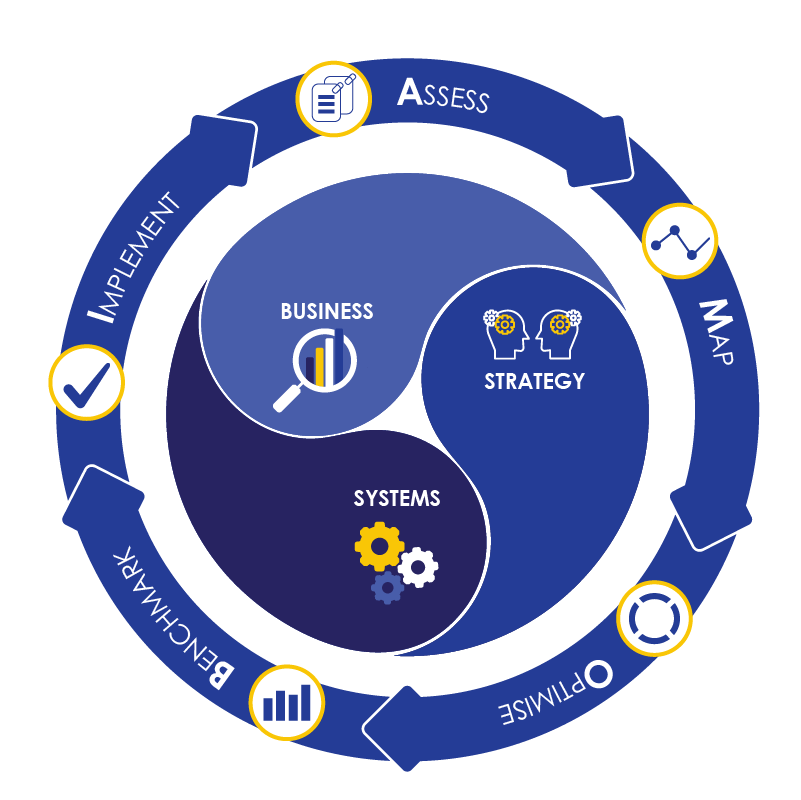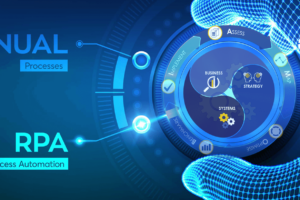The future of work is determined by an assembly of technology innovations that aim to address new challenges such as becoming a more customer-centric organisation and deliver real business value. Among those technology innovations are enterprise cognitive computing (ECC) applications and artificial intelligence (AI) and automation tools. Today, many C-level leaders are embarking on innovation journeys where they need to redesign system architectures and business processes that will impact jobs and transform the way we work with partners and across industries. According to Gartner’s 2019 CIO Agenda survey, fourteen per cent of global CIOs have already deployed AI, and 48% will deploy it in 2019 or by 2020.
Companies in the leasing and asset finance industry are in the early stages of this journey exploring the potential uses and benefits of AI and automation. Successful AI implementations in other industries have shown that these technologies can unlock new opportunities and help achieve business goals. However, implementing ECC technologies is more than a technical project. As organisations look to digitise and automate business processes with the goal to prepare them to embrace future innovation, they impact the workflows across the entire business. The reality is that organisations are not ready to realise the full potential of AI and automation, and projects usually fail because of a lack of fundamental readiness within the organisation to weave those technologies into how they do business today. To reap the benefits of AI, organisations need a business process first approach.
How a Business Process First Approach Empowers AI
ECC are applications where AI tools, rather than human judgment, are used to determine what logic will optimise business outcomes. AI applies advanced analysis and logic-based techniques, including machine learning, to interpret events, support and automate decisions, and take actions. These algorithms become part of the logic of the ECC application. These technologies enhance productivity, operational excellence, customer satisfaction and free employees to perform higher level of work. In our experience, companies that successfully create value using ECC, optimising business processes was the starting point in the transformation journey. Why? Fundamentally, because organisations need first to understand where they stand, which is the reality and current state of their business processes. The best way to achieve this is by applying a methodology that helps identify wasteful tasks and find innovative ways to optimise existing systems and processes to realise additional value from intelligent automation.

VIP Apps Consulting approach is the AMOBI way, a methodology that focuses on the ‘holistic’ business. Our AMOBI Assess phase helps to target the key high pain points whether that be inefficient workflows or process steps, and by using event-based flow mapping, and benchmarking any changes against real business transactions and behaviours. This enables us to optimise the way the business engages with the technology to meet goals and customer demands. The AMOBI way provides a collaborative approach between the business organisation, the systems that support it and the project organisation tasked with designing and implementing improved or optimised processes
In an AI technology scenario, the AMOBI methodology helps to:
Keep humans in the loop
Your processes need to integrate machines and humans. Organisations can then up-skill the workforce to focus people on tasks that maximise synergies between robots and humans. The quality of the data used is fundamental for machine learning to work. Here is when human judgement is vital to the successful configuration of the machine learning process to avoid severe regulatory consequences and enable seamless learning as machines use data and continuous feedback to learn, adapt and act. Implementing an AI algorithm that crunches massive amount of data to predict an outcome does not necessarily mean it will improve the business without linking data science with and business function and industry domain expertise that can shape the outputs.
Simplify and standardise complex business processes
In a market in constant change, complexity also grows. With AMOBI and AI technology, organisations can optimise, standardise and simplify complexity. With standardised business processes, it is then much easier to replicate this simplification across the different business areas and to explore the opportunities of implementing intelligent automation.
Map your business processes to automate and embrace continuous transformations
Having a clear picture of what you are doing allows to build the capabilities for ongoing change to keep up with technology innovation and market competition. A technology assessment with a business process first approach provides the framework to build the organisation intelligence automation road map. A map provides clear direction facilitating stakeholder engagement.
AI Is Not Just a Technology Issue
Disruptive technologies are fundamentally changing the way we work. Strategies to implement technology innovation need to have a holistic approach and require an empowered workforce and a change in the organisation’s culture. A business process first approach, allows optimisation of processes keeping people in the loop for the tasks that benefit more from human interaction, robotise those repetitive tasks with AI and robotic processes automation (RPA) applications and finally automate the operational synergies between machines and humans. Organisations need to reimage the processes through the lenses of AI, thinking beyond automation and invest in upskilling employees to develop roles with higher business value.
Get more insight like this
in your inbox
Subscribe to our mailing list and get industry and technology insights and updates to your email inbox.
Thank you for subscribing.
Something went wrong.
The form collects name and email so that we can add you to our newsletter list for updates. Checkout our privacy policy to learn how we protect and manage your submitted data.









